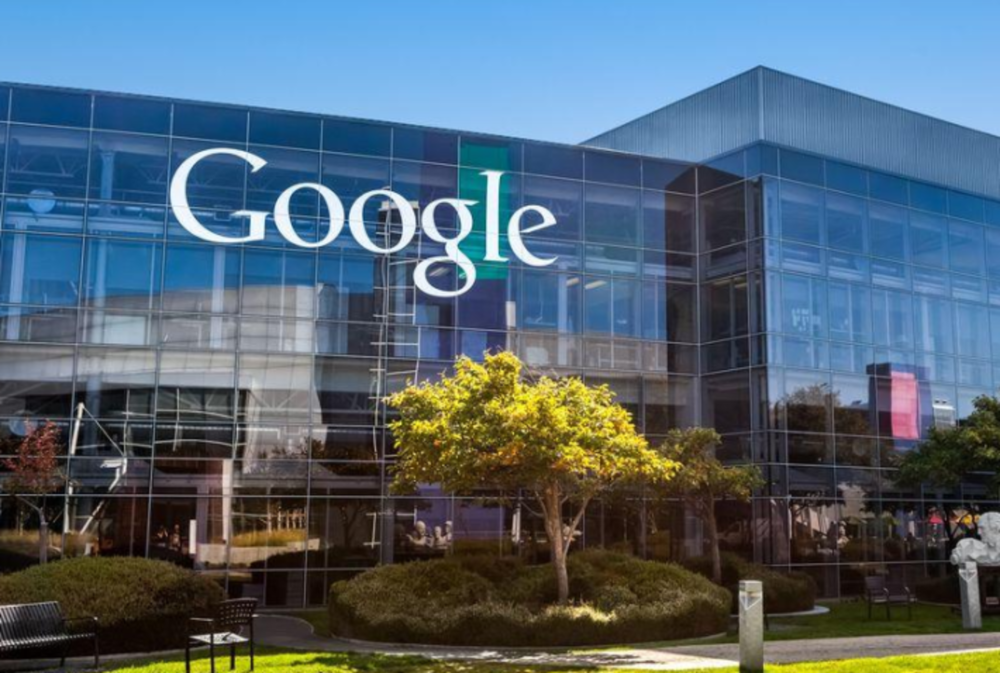Perhaps no technology introduction over the past five years has had a bigger impact on marketers both big and small than Facebook Custom Audiences. Usually the best stuff is simple stuff and that’s the case here. Audiences lets users target segments on Facebook built from first-party data such as email addresses or website visits and then open it up to new customer acquisition via look-alike modeling. Oh, and marketers could gauge customer relevance based on the content of posts people made, too. Brands and their agencies and platform providers got so hooked on Audiences that they naturally started looking to their other big supplier of data-infused scale for something similar.
“I have been begging Google for this for some time,” says David Rodnitzky, CEO of the Silicon Valley agency 3Q Digital. In April Rodnitzky published a blog titled “How Google Could Make Billions Off Belly Button Lint,” in which he wondered where the search engine’s answer to Custom Audiences was languishing. He surmised it was stuck in corporate limbo and posited that, when it emerged, “it has the potential to be one of the most lucrative advertising programs Google has ever launched.”
It emerged this week, and Rodnitzky was not the only mar-techie genuflecting in Google’s direction. Sridhar Ramaswamy, Google SVP of ads and commerce, unveiled Customer Match and similar audiences, whose influence can be unleashed by advertisers across Google search, Gmail, and YouTube. As with Custom Audiences, users can activate the program by uploading first-party data designed to reach—or not reach—customers and look-alikes based on relevancy.
In a blog, Ramaswamy used an example of a travel company plumbing the depths of Match: “When…rewards members search for ‘non-stop flights to New York’ on Google.com, you can show relevant ads at the top of their search results on any device right when they’re looking to fly to New York. And when those members are watching their favorite videos on YouTube or catching up on Gmail, you can show ads that inspire them to plan their next trip.”
“Our team is really excited about it,” says Jordan Cohen, CMO of the customer acquisition platform Fluent. “There is a massive opportunity here. The more online advertising companies to adopt this approach, the better it will be for companies doing data acquisition. This is a real exciting thing because now email marketing is no longer just about marketing to consumers in the inbox.”
In agreement is Campaign Monitor CMO Kraig Swensrud, whose email app for SMBs is among the most popular on the Salesforce.com platform. “Now any business can leverage its existing email marketing database to connect with exact customers and prospects with hyper-targeted messages, not only in their inboxes, but where they’re spending most of their time—right within Gmail, Google Search, and YouTube,” Swensrud says.
Google will now be more open to applying outside data supplied by marketers, notes Eric Stein, EVP of Online Solutions for Epsilon. “RLSA [remarketing lists for search ads] allows you to differentiate how you bid for search ads depending on whether or not someone has been to your site before. Customer match now allows marketers to differentiate based on an email match and target a display ad. This aligns with our particular strengths in helping big companies manage their data,” Stein says.
Despite Google’s new play, however, Facebook and Custom Audiences will remain the big boy on the online targeting block. “Here’s where Facebook has the advantage,” says Cohen. “For Custom Audiences to work, you need a user being in a logged-in state. With Facebook, users are always completely logged in, and Facebook has 1.5 billion users. What I don’t know is how many users log into Google properties with a non-Gmail address. And even if everybody’s logged in, there are 500 million people with Gmail addresses, a third the number of Facebook users.”
David Ragals, managing director for search of digital marketing platform IgnitionOne, agrees that Match has scale limitations in customer acquisition, but adds that it has a compensatory attribute. “While it doesn’t, on the surface, help you add new customers, it can be used to make exclusions lists and allow you not to market against certain attributes, thereby making spend more efficient,” he says.
Marketers can do all the nitpicking and belly-button-lint-plucking they want—and they will. The bottom line is that a major new weapon has landed in their targeting arsenals. “This is a much-needed addition to Google’s suite of advertising products,” Rodnitzky poses. “First-party data has proven to be a goldmine for advertisers, and Customer Match will hopefully allow us to have the same kind of success with first-party data on Gmail and YouTube that we’ve had on Facebook. I hope that this is just the first of many such solutions that Google rolls out in the coming months.”







